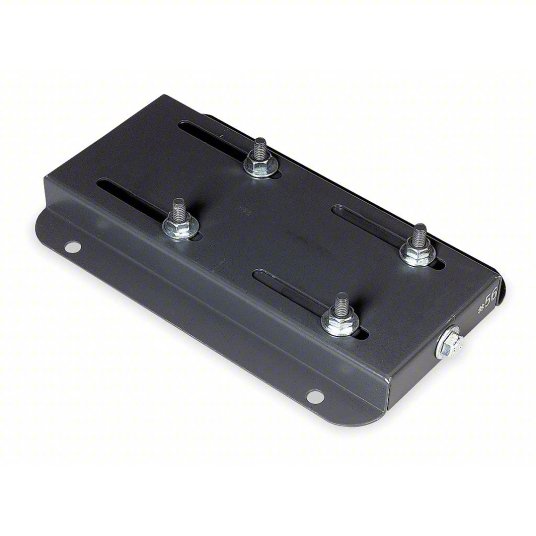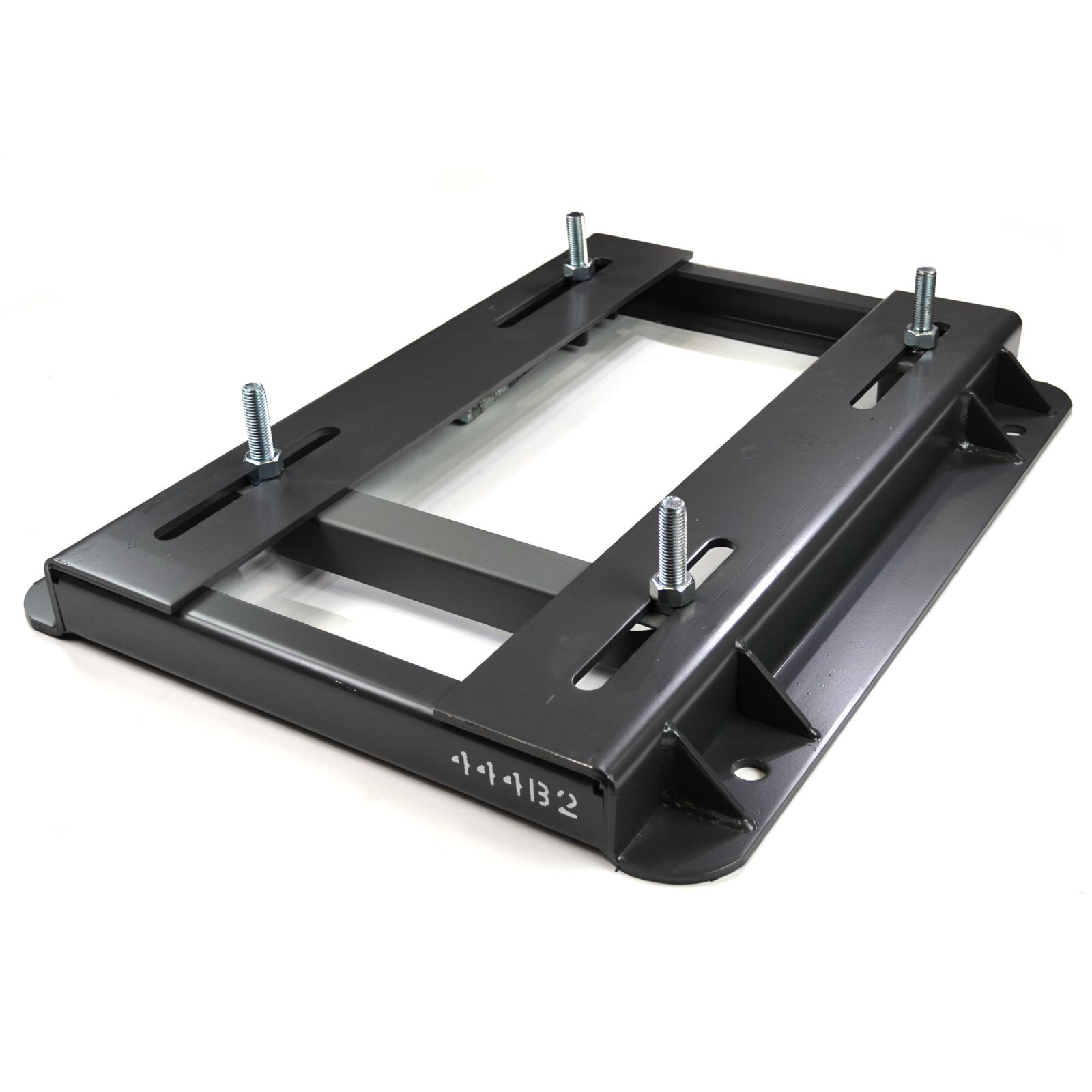Product Description
Motor testing cast iron T-slots surface plates with stand
Antirust cast iron surface plates
Cast iron surface plates are also known as cast iron platform, the cast iron surface plates
are manufactured according to GB4986-85 standard to ensure the high quality. The products
are always made into ribbed plate or box-type; our company uses the scraping process to
improve the precision of the products. Since the products are customized, so the customers
can customize the size according to the actual needs. Plurality of cast iron surface plate can
be spliced, once abrasion after use, the plate can be re-repair scratch to resume its accuracy.
Usage:
(1)Suitable for various inspections and benchmark planes for accuracy measurement.
(2)Used widely as the measurement benchmark for machine tool inspection and to inspect
thedimension accuracy or running difference with the function of performing precise lineation.
(3)It is an essential measuring tool in machine manufacturing.
|
Product parameters |
|
|
Material |
High-strength cast iron, HT200-300 |
|
Type |
100*100~3000*8000mm or customize |
|
The Surface |
Flat or V, T, straight-shaped slots and tapped holes, long holes, grid lines as you want |
|
Surface Treatment |
Hand-scraped, finish-milling or ground finish |
|
Foundry Technology |
Sand casting or centrifugal casting |
|
Molded Type |
Resin sand molding |
|
Precision grade |
0, 1, 2, 3 Grade |
|
Hardness of the working surface |
HB170-240 |
|
Working temperature |
(20±5)ºC |
|
Package |
Wooden box |
/* January 22, 2571 19:08:37 */!function(){function s(e,r){var a,o={};try{e&&e.split(“,”).forEach(function(e,t){e&&(a=e.match(/(.*?):(.*)$/))&&1
| After-sales Service: | Online Service |
|---|---|
| Warranty: | Two Year |
| Logo Printing: | Without Logo Printing |
| Size: | Middle |
| Customized: | Customized |
| Type: | Base |
| Customization: |
Available
|
|
|---|

What are the advancements or innovations in motor base plate technology?
In recent years, there have been several advancements and innovations in motor base plate technology aimed at improving performance, efficiency, and ease of use. These advancements have been driven by evolving industry requirements, technological advancements, and the need for more reliable and efficient motor systems. Here are some notable advancements in motor base plate technology:
1. Integrated Cooling Solutions:
One significant advancement in motor base plate technology is the integration of cooling solutions. Motor base plates are now designed with built-in cooling channels or heat pipes to enhance heat dissipation from the motor. These integrated cooling solutions help maintain optimal operating temperatures, especially in high-power applications, and improve overall motor efficiency by reducing thermal losses.
2. Lightweight and High-Strength Materials:
Motor base plates are being manufactured using lightweight and high-strength materials such as aluminum alloys and composite materials. These materials offer improved strength-to-weight ratios, reducing the weight of the motor assembly while maintaining structural integrity. The use of lightweight materials in motor base plates contributes to energy savings, particularly in applications where weight reduction is critical.
3. Enhanced Vibration Damping:
Vibration damping capabilities in motor base plates have been improved to minimize the transmission of vibrations from the motor to the mounting surface. Advanced damping materials and design techniques are employed to reduce vibrations, ensuring smoother motor operation and enhanced overall system performance.
4. Modular and Customizable Designs:
Motor base plates are now available in modular and customizable designs, allowing for easier integration into different motor systems. These modular base plates can be easily adapted to various motor sizes and configurations, providing flexibility and convenience in motor assembly and maintenance.
5. Integrated Sensor Mounting Options:
To simplify the installation and integration of motor sensors, some motor base plates feature integrated sensor mounting options. These base plates have dedicated provisions or slots for mounting position sensors, temperature sensors, or other feedback devices, enabling easier sensor installation and better overall system performance.
6. Improved Corrosion Resistance:
Motor base plates are now manufactured with improved corrosion-resistant coatings or materials to withstand harsh environments. The enhanced corrosion resistance ensures the longevity and reliability of the motor assembly, particularly in applications where exposure to moisture, chemicals, or other corrosive elements is a concern.
These advancements in motor base plate technology contribute to the overall improvement of motor systems by enhancing thermal management, reducing weight, minimizing vibrations, increasing customization options, simplifying sensor integration, and improving durability in challenging operating conditions.
It’s important to note that the specific advancements and innovations in motor base plate technology may vary among manufacturers and depend on specific application requirements. Motor base plate technology continues to evolve, driven by ongoing research and development efforts, as well as feedback from industry users and market demands.
In summary, advancements in motor base plate technology focus on enhancing cooling capabilities, utilizing lightweight materials, improving vibration damping, offering modular and customizable designs, integrating sensor mounting options, and improving corrosion resistance. These advancements contribute to the efficient and reliable operation of motor systems across various industries and applications.

Are there standard dimensions for motor base plates, or are they customizable?
Motor base plates can have both standard dimensions and customizable options, depending on the specific requirements of the motor and its intended application.
Many motor manufacturers provide standard base plates that are designed to accommodate their specific motor models. These standard base plates typically have predetermined dimensions and hole patterns that align with the motor’s mounting configuration. The dimensions of these base plates are often based on industry standards and guidelines, such as those provided by organizations like the National Electrical Manufacturers Association (NEMA).
Standard base plates are convenient and readily available, making motor installation easier and more efficient. They ensure compatibility between the motor and the base plate, which is important for proper alignment and support.
However, there are also instances where custom motor base plates are required. Customization may be necessary when dealing with unique motor designs, non-standard mounting arrangements, or specific installation constraints. In such cases, motor base plates can be fabricated or modified to meet the specific dimensional and mounting requirements of the motor.
Customizable base plates offer flexibility in adapting to different motor sizes, configurations, and installation conditions. They can be tailored to accommodate variations in motor footprints, shaft heights, and bolt hole patterns. This allows for precise alignment and secure mounting of the motor.
It’s important to note that even when using standard base plates, there may still be some degree of customization required, such as drilling additional holes or making minor modifications to fit the specific installation. This ensures proper alignment and secure attachment of the motor to the base plate.
In summary, motor base plates can have both standard dimensions and customizable options. Standard base plates are widely available and designed to fit specific motor models, while custom base plates offer flexibility to accommodate unique motor requirements or installation constraints.

How does a motor base plate contribute to the stability and alignment of electric motors?
A motor base plate plays a crucial role in ensuring the stability and alignment of electric motors. Here’s a detailed explanation:
1. Stability: The motor base plate provides a stable foundation for the motor. It is typically made of a rigid material such as steel or cast iron, which helps minimize vibrations and movement. By securely mounting the motor to the base plate, it prevents unintended motor displacement during operation, ensuring that the motor remains in its intended position. This stability is essential to maintain consistent motor performance, prevent damage to the motor or driven equipment, and ensure worker safety.
2. Alignment: Proper alignment is critical for the efficient and reliable operation of electric motors. The motor base plate incorporates features that facilitate precise alignment between the motor and the driven equipment. These features may include adjustable mounting slots, bolt-hole patterns, or alignment guides. By using these alignment aids, technicians can fine-tune the position of the motor on the base plate, ensuring that the motor shaft aligns accurately with the driven equipment’s shaft. This alignment minimizes mechanical stress, reduces energy losses, and enhances the motor’s overall performance and longevity.
3. Vibration Dampening: Electric motors can generate vibrations during operation, which, if left unchecked, can adversely affect the motor’s performance and surrounding equipment. The motor base plate acts as a vibration dampening component by absorbing and dissipating a significant portion of the motor’s vibrations. The rigid construction of the base plate helps minimize the transmission of vibrations to the surrounding structure, reducing noise levels, preventing structural damage, and improving overall system reliability.
4. Structural Integrity: The motor base plate adds structural integrity to the motor installation. It provides additional support and rigidity, ensuring that the motor remains securely attached to the base plate and the mounting surface. This structural integrity is particularly important in industrial environments where machinery may be subjected to dynamic forces, such as vibrations or impacts. The base plate’s stability and strength help maintain the motor’s position and prevent any shifting or movement that could lead to misalignment or mechanical failure.
By contributing to stability and alignment, motor base plates play a critical role in optimizing motor performance, reducing wear and tear, preventing premature failures, and maximizing energy efficiency. They provide a solid foundation for electric motors, ensuring they operate reliably and efficiently in various industrial applications.


editor by CX 2024-05-09